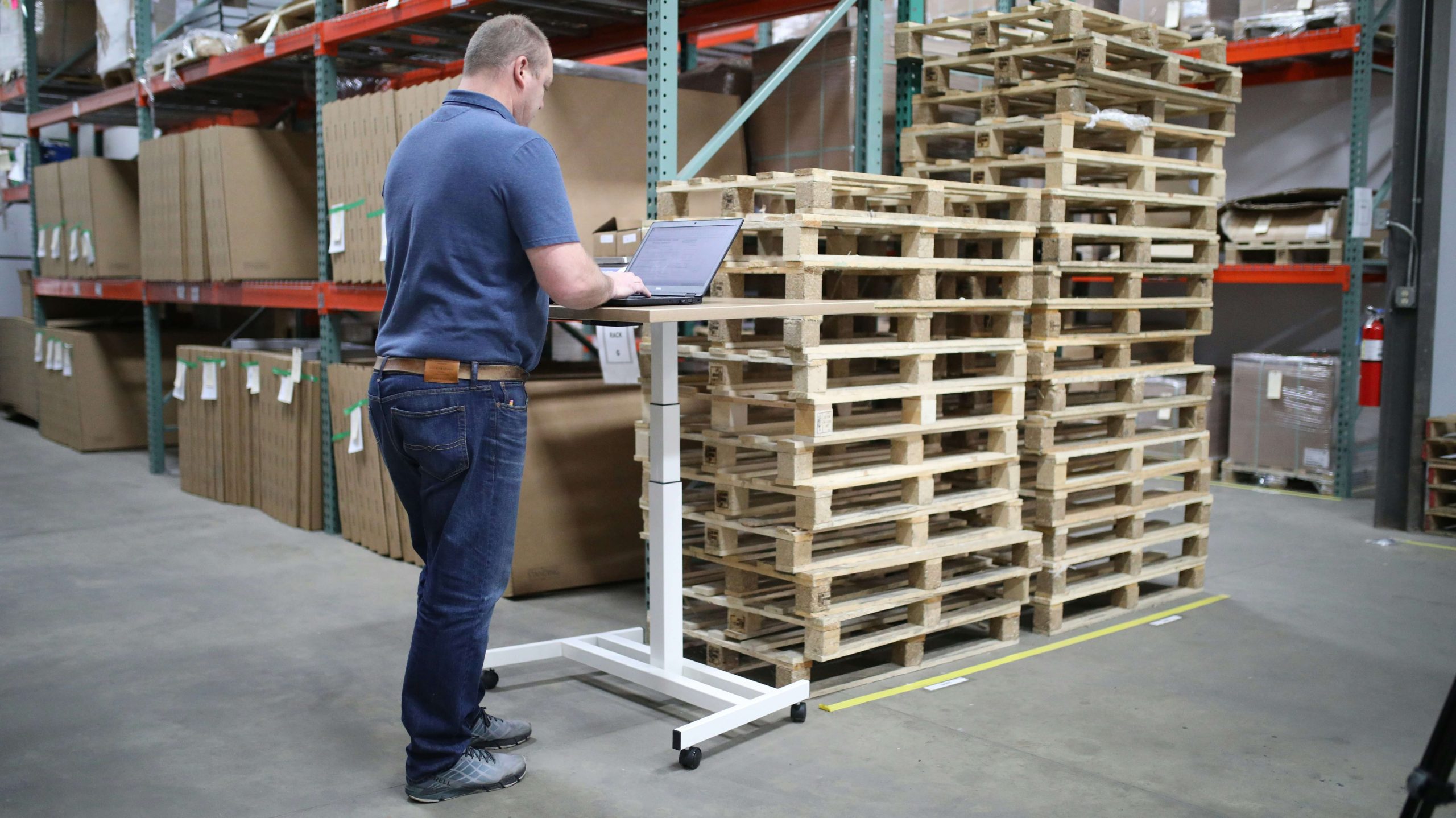Retailers consistently thrive in sales during the holiday season, with retail sales over the holiday season reaching 957.3 billion. However, alongside this surge in sales, there comes an equally inevitable retail returns season. Embracing this inherent aspect of the retail landscape, brick-and-mortar stores must proactively equip themselves for the challenges it brings. In this regard, we are here to offer valuable insights and resources, empowering retailers to effectively manage the influx of returns with finesse.
Create a Clear Retail Returns Policy

Naturally, the first step in preparing for return season is having a clear policy in place. Retailers have to know that customers will be returning items and have a plan in place for how to handle it. Ideally, the policy will be in place before the busy holiday shopping season. That way, if there are changes that need to be made to the existing policy, they can be implemented before the busy retail returns season hits.
Obviously, the next step is sticking to the policy and trying to avoid making exceptions. But this doesn’t always have to mean maintaining a strict policy. Rather than giving customers 30 days, try offering 90-day returns on most items. Retailers don’t necessarily need to take steps to prevent or dissuade returns because that can lead to a bad reputation. However, how a retailer is going to handle returns needs to be clear and communicated to consumers.
Organize and Train Staff to Handle Retail Returns
Once a retailer has settled on a policy, instructing employees to implement the policy is the next step. The last thing any retailer needs is for employees to be caught off guard by customers returning items. Employees should be told to expect a high volume of returns and trained on how to handle them and follow the store’s return policy.
Retail employee training should include everything from knowing what items can or can’t be returned to restocking returned items. Preparing employees to answer questions or handle customers who are perturbed. And don’t forget to train staff on any technology used to process returns. Retailers need to recognize that this will take some time and effort, but training employees on how to handle returns is one of the best ways to be prepared for the return season.
Do You Have the Right Tech in Place?

Before the return season begins, it’s a good idea for retailers to evaluate the technology they have in place and whether it’ll be adequate for handling a high volume of returns. Will the system that’s currently in place be efficient enough to register retail returns and count returned items as part of the store’s inventory? Are there other tools available that can help improve the process of receiving returned items?
For instance, our weighing scales for retail can help to give real-time updates on whether sold items have been returned while smart shelves can give immediate updates on inventory once a returned item has been returned to the shelf. In many cases, not embracing new technology can make it hard for retailers to handle a high volume of post-holiday retail returns.
Understand the Reason Behind Retail Returns
Too many businesses make the mistake of processing retail returns without asking questions or digging beneath the surface. It’s typically beneficial to understand why a customer returned an item. This information can be important for helping a retailer improve and potentially reduce return rates in the future. Therefore, ensure that employees are trained to ask for a reason why an item is being returned and that there is a way to track those responses. Are products defective or a bad fit? Are products disappointing customers based on what they expected?
If patterns are detected when it comes to the reason why customers are returning products, it can tell a retail business what it’s doing wrong. Just like anything else, the more information and data that a business can collect, the more information it’ll have to make decisions in the future. If there isn’t a system in place to collect this information before the busy return season, a store is doing itself a disservice.
Track Returns and Learn

Along those same lines, it’s essential to track returned items as much as possible and collect data on them. Is there a certain item that’s being returned more than others? Is there a particular brand that’s being returned more than similar products from other brands? What is the average timeline in which customers are returning items?
All of this information can prove valuable when implementing changes in a retail environment. This data can tell you what items may not be worth selling and what items may need to be promoted better or undergo a price change. Again, collecting data is critical for retailers no matter what type of products they sell or even the retail setting. For example, whether you own a brick-and-mortar store or have vending machines, inventory tracking is possible and recommended – as this will help you understand the ins and outs of your stock. Therefore, to be prepared for returns season, retailers should have a plan in place for how they’re going to track returns during the busy season and what they hope to learn from the information gathered.
Manage Inventory Properly
One of the biggest challenges of receiving a high volume of returns is how those returns impact inventory. In most cases, if an item is returned, it can still be repackaged and sold again. Therefore, inventory numbers change whenever a return is completed. Those inventory numbers then have an impact on the supply chain.
Therefore, retailers need to have scanners and checkout stations that can update inventory in real-time even before an item can be returned to the shelf. If this type of technology isn’t in place, it can lead to preventable inventory mistakes that cost a lot of money. For small retail stores without a lot of space or big margins, it’s critical to prevent these types of inventory mistakes during returns season.
Turn Returns into New Sales

Last but not least, retailers need to have a plan in place for how they’re going to accept product returns and turn them into new sales. This doesn’t happen by accident and can go a long way toward reducing the money lost with returned items. Incentivizing store credit and exchanges is one way to make that happen. But it’s not always as easy as it seems to get customers returning products to take this option.
Some stores offer discounts to customers who return items to help keep them in the store and build customer loyalty. Offering alternative products or encouraging impulse purchases is another strategy retailers sometimes use. Of course, expediting the return process is also important for creating new sales, which is why having the latest technological tools can help convert product returns into new product sales.
We want to help you secure customer satisfaction at all times. Discover how our retail scales can help you overcome peak retail returns season and keep customers coming back for more.




